Cine Zooms vs. Cine Primes - Which is Right for You?
You've spent years learning your craft and refining your cinematography and camera operating on still lenses with autofocus, and small focus throws. Now you are finally ready to step up to the big leagues and buy some Cine glass, but which should you invest in? Cine Primes or a set of Cine Zooms? Today we will go over the advantages and disadvantages and which type of glass is right for you.
Still vs. Prime Debate
The Still vs. Prime debate is as old as photography itself. But the differences are magnified when you step up to Cine Zooms and Cine Primes. So you must get the correct type of glass for the projects you want to be shooting and the results you want to get.
We will look at Sigma 18-35 T2.0 and Sigma 50-100 T2.0. These are 35 mm aps-c sensor lenses available in PL, Canon EF, and Sony. We will be comparing them to the Sigma Cine Primes. The Sigma Cine Primes are T1.5 for the mid-range, from 20 mm to 85 mm, and then on the extremes, the 14 mm and the 135 mm are T2.0.
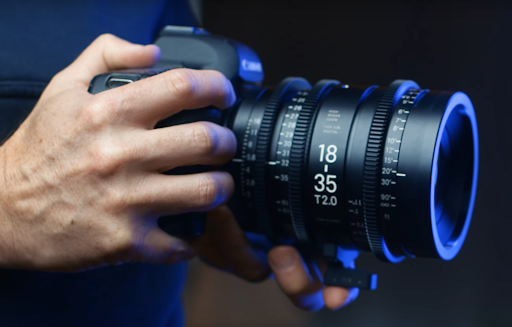
Cine Zoom Versatility
So even the slowest Cine Prime is a stop faster than the lens. Before we get into specificity, generally, Zooms are going to be slower, heavier, and more expensive. But, on the other hand, they are much more versatile and quicker to work.
Cine Prime Versatility
With Prime, if you want to go from a 20mm to 50 mm Prime, it may take as long as 3 or 4 minutes.
That time depends on:
How much equipment you have attached to the lenses.
If there's a remote follow focus.
If you have a matte box, you have to disengage somehow.
How far away the lens kit is from the camera.
What the conditions are.
And more than just the time, you lose momentum shooting. Because as soon as you break people's concentration and give them a couple of minutes to collect themselves, often it takes as long again to get back into the swing of things. So you lose that first or second take while people get back up to speed.
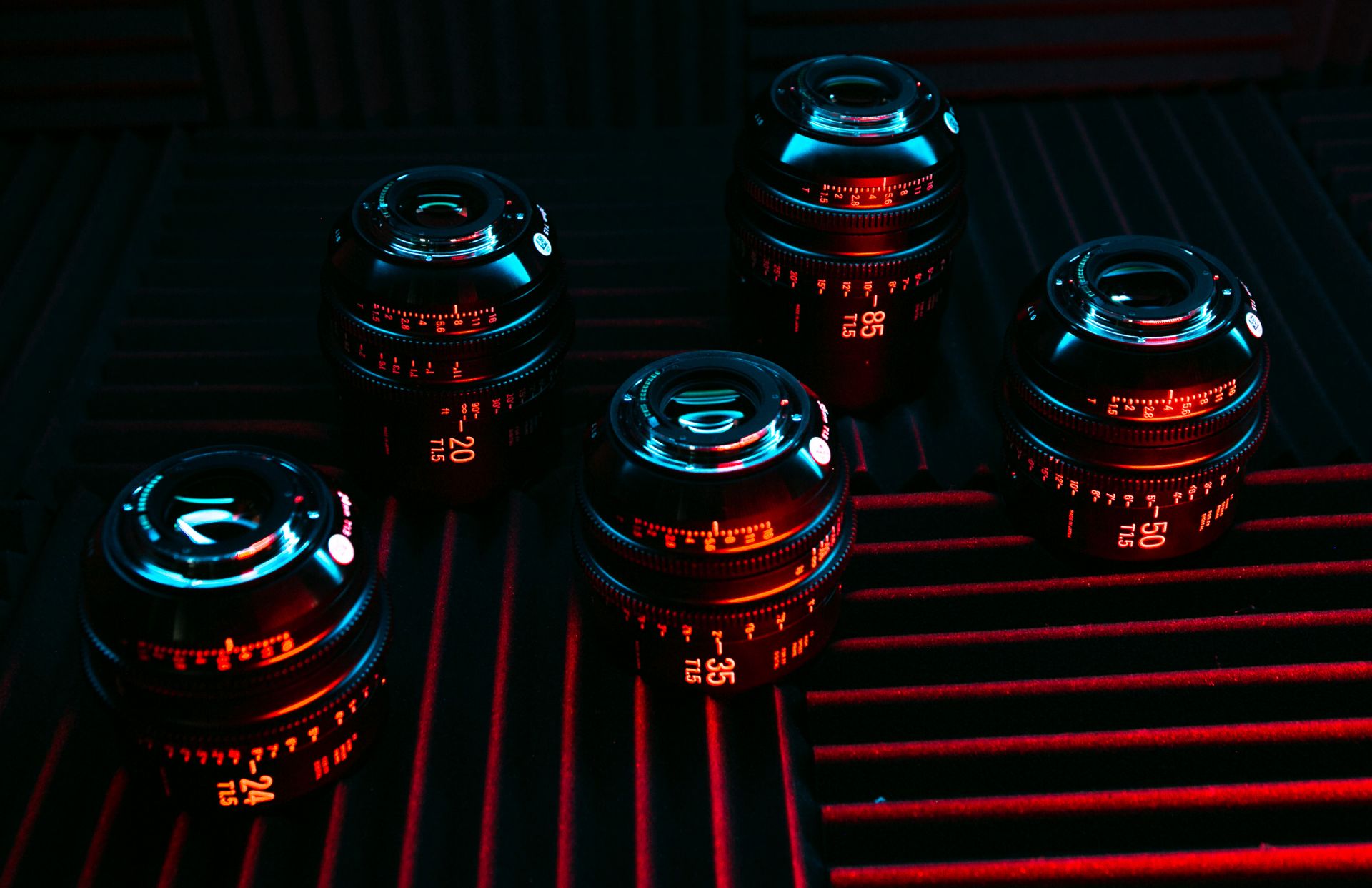
Cine Zoom is More Versatile to Work With
With a Cine Zoom, it is simply a case of twisting the barrel. It takes less than a second, and you don't have to recalibrate the lens. You don't have to reconnect all the accessories. You can go from your close-up to your wide or vice versa without the actors knowing you've changed.
This versatility is why many TV shows, most music videos, and almost all broadcasts are shot on Cine Zooms. It's just so much quicker to change from one length to another. If you're working fast and getting a lot of shots like in a music video or an action sequence, the slight decrease in quality and sharpness and increase in the price of a Cine Zoom is negligible.
Cine Zoom Travel
You're also traveling with a lot less stuff when you travel with Zooms. You have the zoom on your camera, and then you have the zoom in your bag or the lens case, and there are just two lenses to swap.
Cine Prime Travel
When you travel with Primes, you'll typically have a set of five and maybe as many as seven. You have a whole other case, and you're carrying almost twenty thousand dollars worth of metal and glass. That's going to weigh more than your camera. So they have to be kept dry, near the camera, but not too close to the camera.
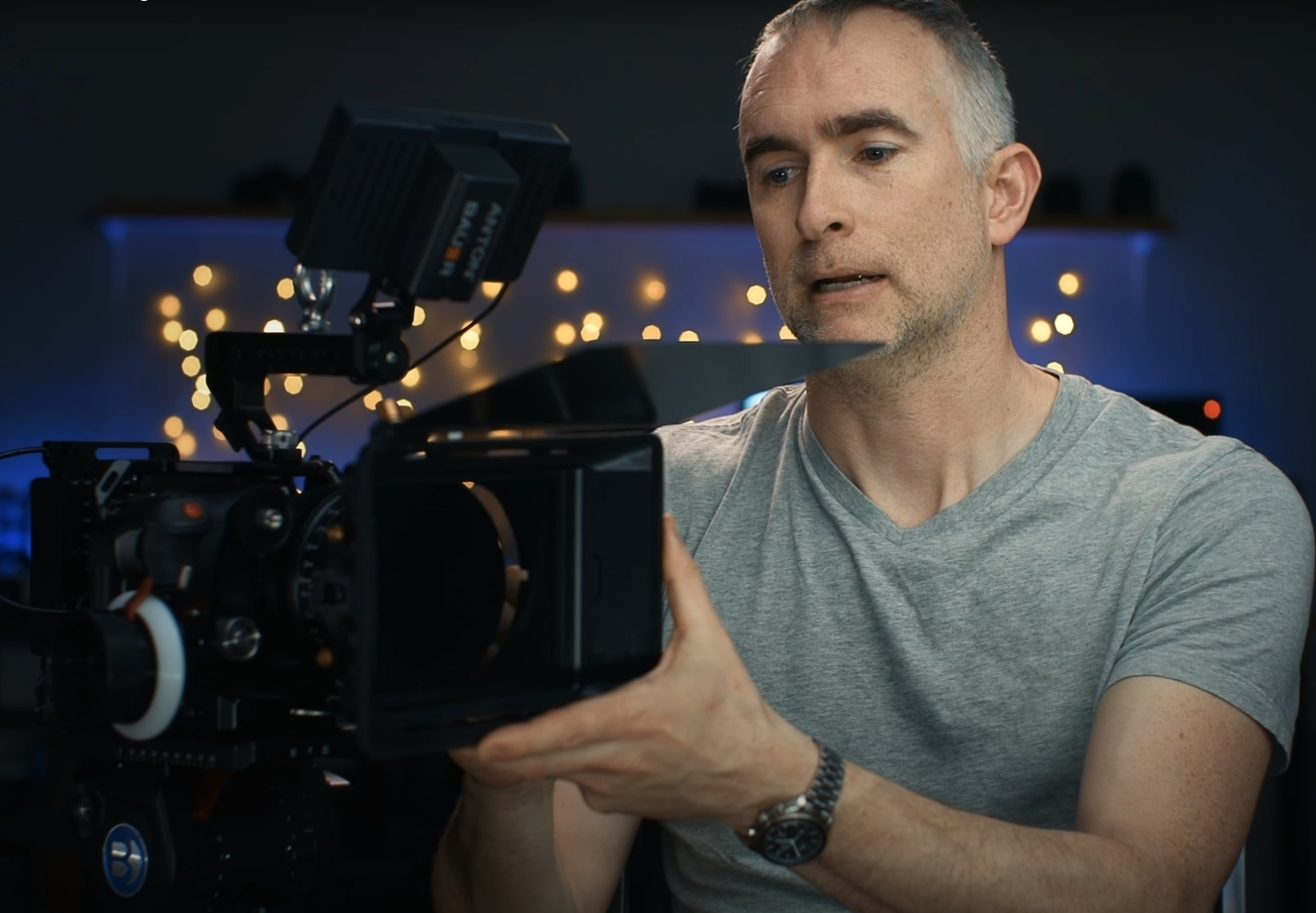
Cine Zoom Industry Use
You'll often see shows like Game of Thrones or other high-quality premium cable tv shows shot with Zooms, and that's because when you have multiple cameras, you need the cameras to not get in each other's way. You need them to be far from talents. It's called 'V' coverage, a master in the middle, and then two matching singles on your characters. You want all three cameras to be on some crane or dolly. You'll want to shoot on a long lens so that you can be far away and not get the cameras in each other's shots.
If you've laid a dolly track or the camera is high up on some crane or ladder, you're not easily able to move in for another shot or move around to capture the actors as they move. So it's much easier to have a Zoom and reframe very quickly and easily in response to what the actors are doing. Much better than having to call for another lens and hold up all of those three cameras because you can no longer quite get the talent in shot. So on any shoot where you're shooting multiple cameras, and you have a lot of coverage at the same time, and you want all of the actions to match, you're going to go with the Zooms.
The Look of Zooms and Primes
Once you start intercutting between Zooms and Primes, even though in Sigma's case, the coatings and the elements of the lenses are very similar, on a Zoom, the light is still traveling
through many more elements to get to the sensor. This gives Zooms a different look.
Visual Appeal of Cine Zooms
Aesthetically, some people prefer the Zoom look. This is because Zooms soften the digital image as it removes imperfections and age lines on the skin.
Visual Results of Primes
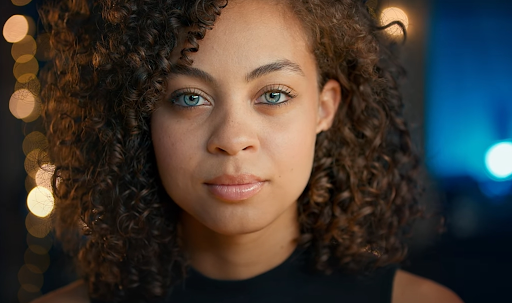
For a long time, the Prime lens look - a very shallow depth of field, very sharp, beautiful finish, went hand in hand with cinema. It's what movies were shot on as opposed to tv, which uses Zooms. You get a much shallower depth of field because they are both full-frame and a full stop faster than the Cine Zooms. So if you want that ridiculous amount of soft creamy Bokeh that T1.5 gives, the only way to get it is on Prime.
Mobility of Primes
Primes are also much smaller and make the camera lighter. So, if you're shooting handheld and you're shooting single camera, there are no other cameras to get in the way of your shot, then a Prime will give you better quality; and a smaller, lighter camera to operate.
Yes, changing lenses can take some time, especially with more complex rigs, but you can also shoot a whole movie on a single lens, as many films have, to keep a consistent perspective and field of view. Primes are also cheaper to start. The 50 mm, full-frame Sigma Cine Prime is $3500 versus the $4000, 18- 35mm.
While you can't use Primes to zoom, you can undoubtedly shoot on a wider lens in a higher resolution and crop in during post. So, if you shoot 8k on the Canon r5c on a 25 mm, you can crop in on the sensor to get a 50mm and crop in again to get a 75 mm all without changing lenses and still have that fantastic shallow depth of field and excellent sharpness. If you're shooting on a Gimbal, you want to use the lightest, sharpest lens possible, which means a Prime.
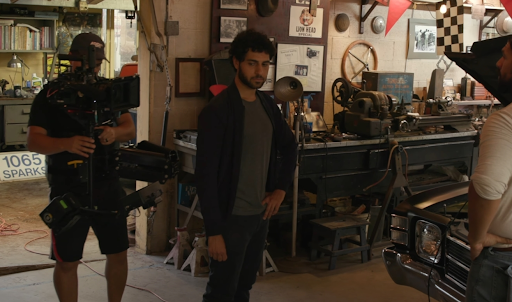
Mobility of Zooms
Suppose you're shooting on a Steadicam, where it helps to have more weight to add stability to the rig. Then a Zoom will probably work better, giving you a chance to change the focal length without having to rebalance the Steadicam. Anytime you're putting the camera in a strange place like on a crane on, the top of a ladder, or in the back of a car, where access to the camera is going to be an issue, you're better off using a Zoom. The Zoom will let you adjust your shot quicker than if you are using Prime.
That's my look at the difference between Cine Zooms and Cine Primes and which one might be suitable for your project and the way that you make films.







